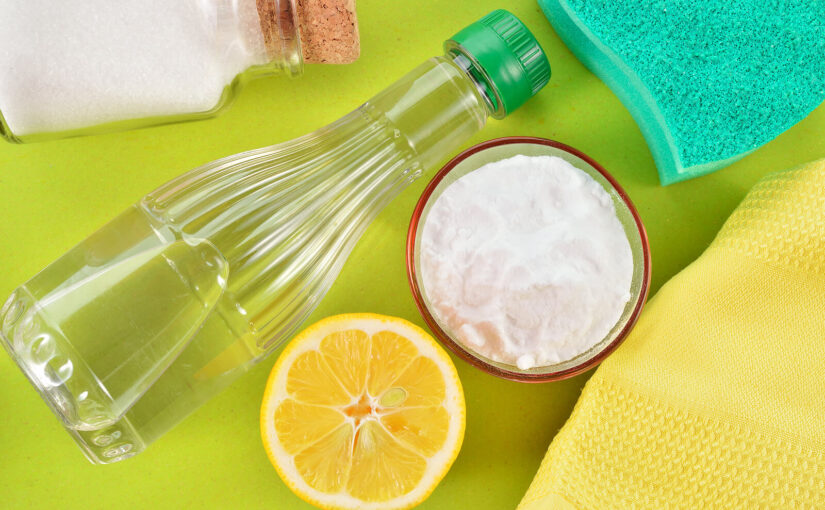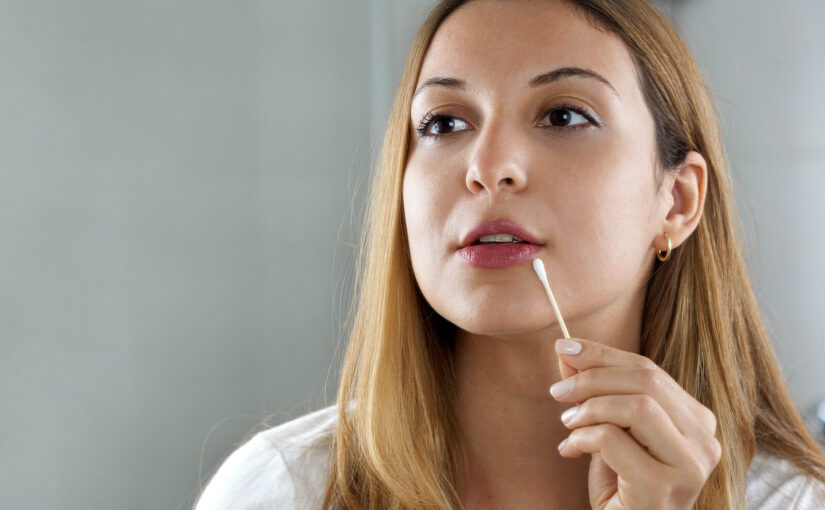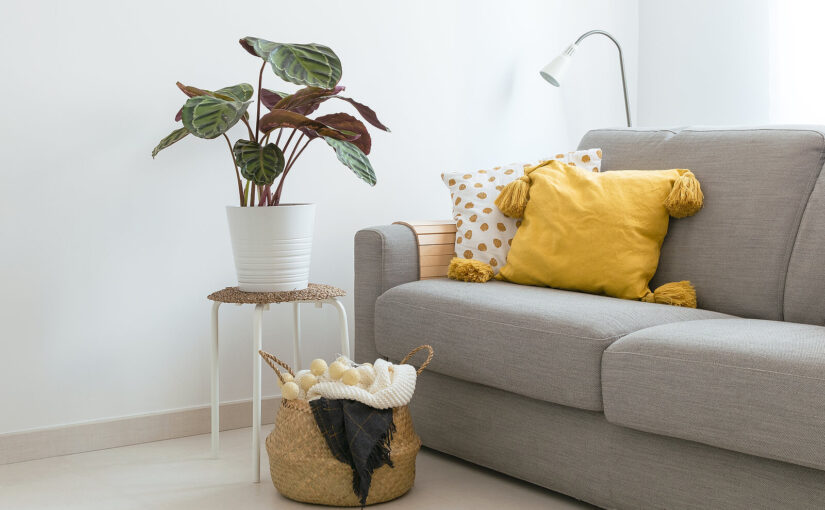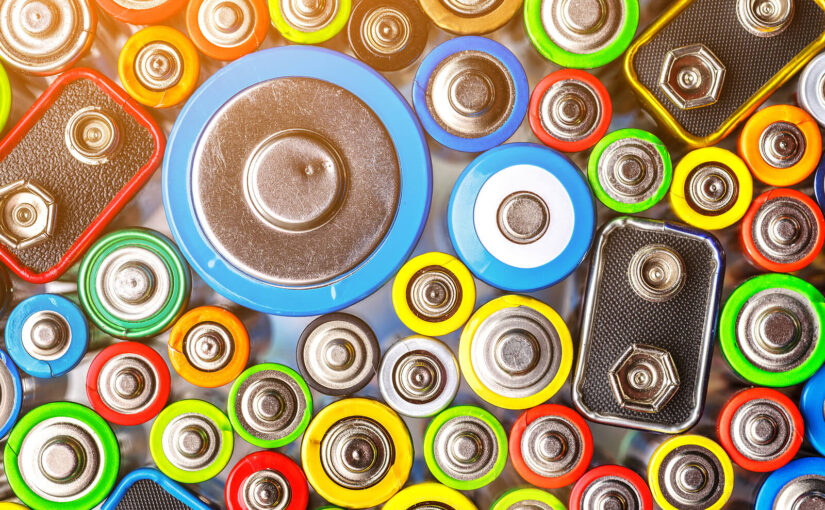Coffee pods have become the UK’s most popular choice for at-home coffee machines. They offer a quick way to enjoy barista-style brews from the comfort of your home. However, the convenience of coffee pods comes at a cost — to your wallet and the environment.
Join us as we explore coffee pod recycling and reuse, share creative ideas for repurposing them, and introduce eco-friendly alternatives for your daily caffeine fix.









